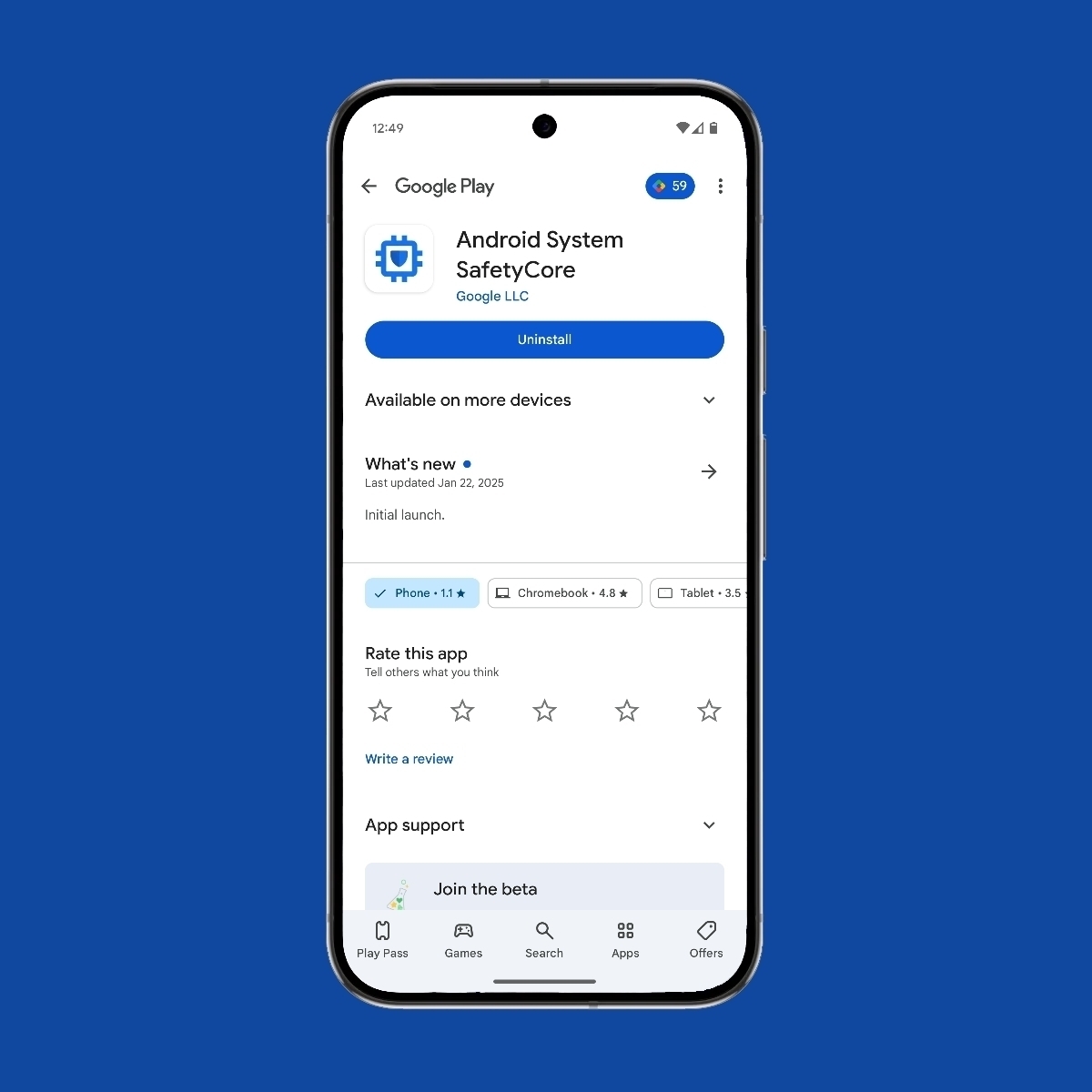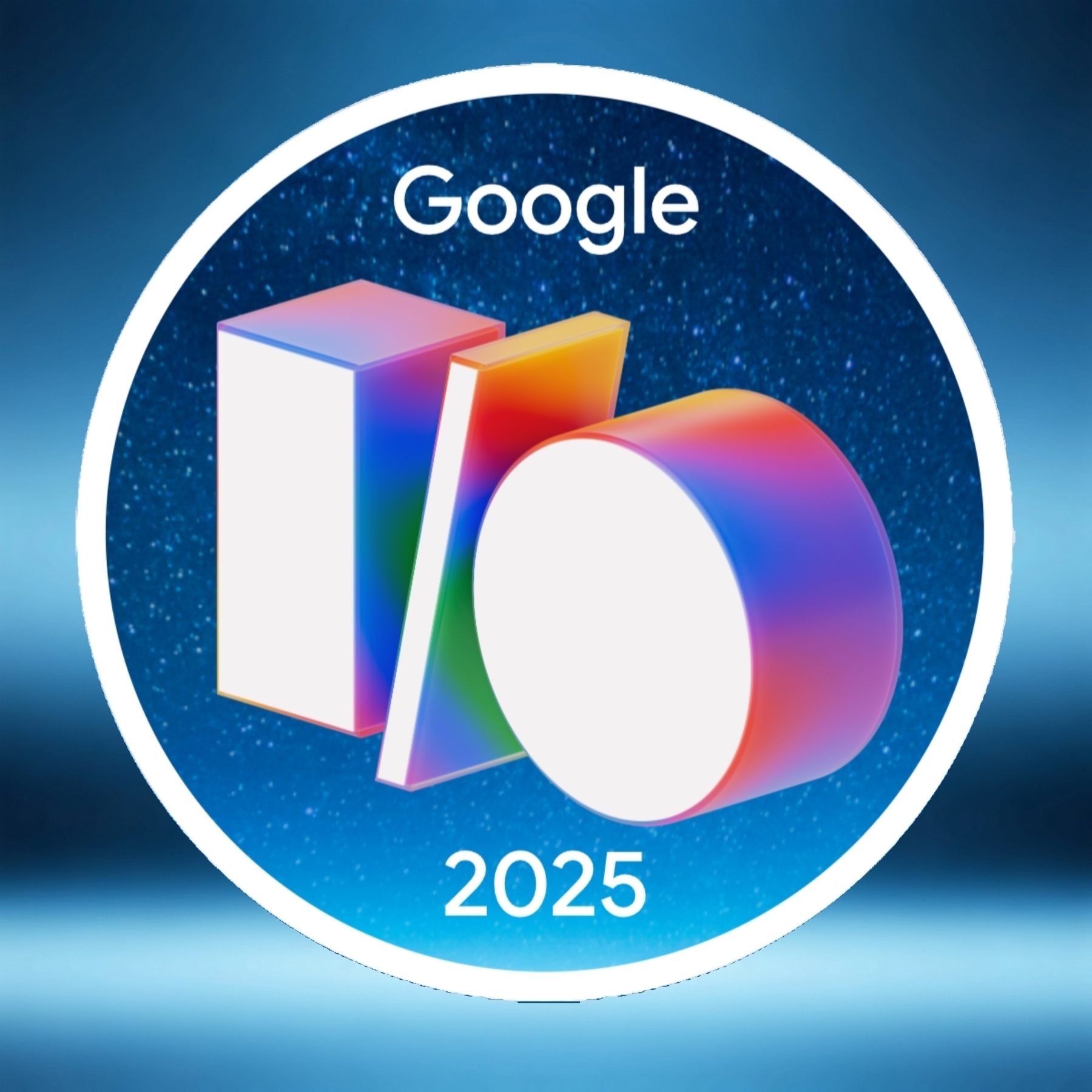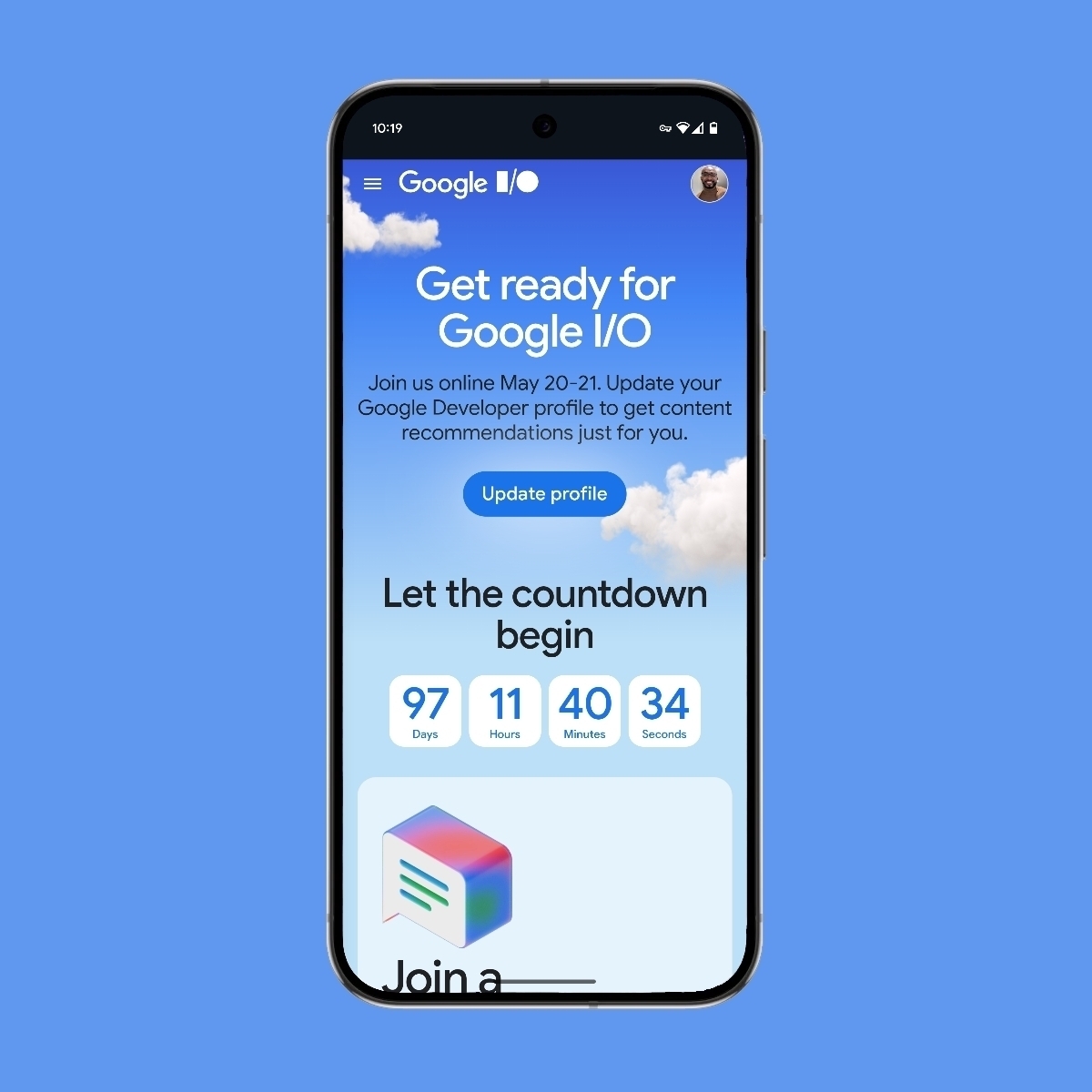Category: AI
You are viewing all posts from this category, beginning with the most recent.
My Mom is Going to Love Scam Detection
Aisha Sharif, Product Manager, Pixel Phone on The Keyword
Scam Detection for phone calls, powered by Gemini Nano, protects you from fraud with on-device AI while keeping your conversations private to you. This Pixel-exclusive feature detects conversation patterns in calls commonly used by scammers in real time and will notify you if it senses anything suspicious.
And Scam Detection is now available in Google Messages, too. It uses on-device AI to flag conversational text patterns commonly associated with scams, so it can identify messages that seem harmless, but turn dangerous over time. You’ll receive a real-time warning so you can easily block and report the conversation.
My mom recently retired and if there’s one thing that raises her stress level it’s scammers. I bought her a Pixel 8a this last year, after having a Pixel 5 for some time, and she absolutely loves Call Screening and the Spam detection features in the phone app. Just the other day she sent me a screenshot of an E-ZPass texting scam that has been going around. She almost fell victim to it because E-ZPass is an actual highway toll system that is within her area. Thankfully, she didn’t respond to it or click the link, but now that Scam Detection is coming to Google Messages, my mom will now get a large badge alerting her that this message was a Scam.
More from the Google Online Security Blog:
Scam Detection in Google Messages uses powerful Google AI to proactively address conversational scams by providing real-time detection even after initial messages are received. When the on-device AI detects a suspicious pattern in SMS, MMS, and RCS messages, users will now get a message warning of a likely scam with an option to dismiss or report and block the sender.
As part of the Spam Protection setting, Scam Detection on Google Messages is on by default and only applies to conversations with non-contacts. Your privacy is protected with Scam Detection in Google Messages, with all message processing remaining on-device. Your conversations remain private to you; if you choose to report a conversation to help reduce widespread spam, only sender details and recent messages with that sender are shared with Google and carriers.
Scam Detection is only available in English in the U.S., U.K. and Canada and will expand to more countries soon.
Also, something I also found interesting is that a cybersecurity firm, conducted a funded evaluation of fraud protection features on a number of smartphones and found that Android smartphones, led by the Pixel 9 Pro, scored highest for built-in security features and anti-fraud efficacy. The full report is in a PDF.
Today, we’re also introducing our newest Labs experiment for Search: AI Mode.
Sundar Pichai on Threads:
You’ll get AI responses using Gemini 2.0’s advanced reasoning, thinking, multimodal capabilities + new ways to explore even more of the web. We’re rolling out AI Mode to Google One AI Premium subscribers today, opt in on Labs. And just like AI Overviews, AI Mode will get better with time and feedback.
A pretty big shakeup to the web and how search on the web works. Placing AI directly on one of the most popular websites on the planet is a great way to train your AI for even more advancements.
Amazon launching Alexa.com and new app for Alexa Plus (another subscription 😮💨), which is basically a home of all of Amazon AI stuff, seems meh, but this feels like for a lot of iOS users that use Echo devices.
Google's SafetyCore: Your Phone's New AI Bouncer (with a Side of Truth)

So there has been a lot of online chatter about Google’s newly released app called Android System SafetyCore that’s being downloaded on a lot Android devices. Mostly Android 9+ devices. And there’s been a lot of misinformation about it so I figured I’d provide more correct information on the web about it. In short, it’s like having a bouncer for your phone. You can read the entire blog post from Google about it on their Security Blog, but I’ll try to explain in less detail. In short, Google lists the following new protections:
- Enhances detection protects you from package delivery and job scams.
- Intelligent warnings alert you about potentially dangerous links.
- Controls to turn off messages from unknown international senders.
- Sensitive Content Warnings give you control over seeing and sending images that may contain nudity.
- More confirmation about who you’re messaging.
So this bouncer uses AI to spot shady stuff like spam, scams, malware, and even those NSFW pics (yikes!) in your messages and apps. The best part? It does all this without snitching to Google or anyone else. Think of it like a super-smart security guard who can spot trouble without calling the cops. By not snitching to Google or anyone else or calling the cops, it’s not sending your information to anyone. ANYONE.
Now, some people have been mistakenly thinking, “Isn’t this like that client-side scanning thing Apple tried to pull?” Nah, not even close. That was all about scanning your pics and reporting potentially illegal stuff, which was a major privacy no-no.
Android’s SafetyCore is different. It keeps everything on your phone and doesn’t share anything with anyone. It’s more like Apple’s Communication Safety feature in iMessage, which warns kids about sensitive content but doesn’t share anything with Apple.
Unfortunately, like I said, there’s been some misinformation floating around about SafetyCore, with some folks calling it “spyware.” But that’s simply not true. As the privacy-focused folks at GrapheneOS put it:
The app doesn’t provide client-side scanning used to report things to Google or anyone else. It provides on-device machine learning models usable by applications to classify content as being spam, scams, malware, etc. This allows apps to check content locally without sharing it with a service and mark it with warnings for users.
The GrapheneOS team are experts in this field, and they clearly state that SafetyCore doesn’t share your data. So, you can rest assured that your privacy is protected.
The GrapheneOS team does wish Google would make the whole thing open source, which would increase transparency and trust. I agree with this too, but here’s the thing: apps have been able to do this AI security stuff for a while now, but they usually send your data to their servers. SafetyCore keeps everything local, which is a big win for privacy.
Okay, so circling back to that “not snitching to the cops” part: SafetyCore isn’t about reporting illegal stuff to the authorities. It’s simply about giving your phone the ability to spot potentially harmful stuff and give you a heads up. Remember that and take that how you will.
So, there you have it! The TL;DR is Google’s Android System SafetyCore seems like a pretty sweet deal for boosting your phone’s security and privacy. Don’t let the misinformation scare you away from a potentially useful tool. It’ll be interesting to see how it evolves and how other apps start using it.
Gemini can now reference past chats. Google announced this updated feature for Gemini Advanced subscribers via Google One AI Premium Plan on the Gemini web and mobile.
No more having to start a new chat from scratch with the same info.
Google is updating Gemini at an impressively rapid pace.
Let The Countdown Begin: Google I/O 2025
Google I/O, the annual developer conference, is set to take place at Shoreline on May 20-21st! Registration is currently open, and tickets are being distributed in phases. I’ve already secured my badge for my fifth I/O event!

While the event schedule typically isn’t released until a couple of weeks prior, I expect this year’s I/O to be heavily focused on AI, offering developers new tools to improve their native and web applications. Last year, Gemini was unveiled piece by piece, showcasing its capabilities across Android, ChromeOS, and the Web.
Android XR will likely have a more prominent role this year, especially after the recent unveiling of its software and hardware at Samsung’s Galaxy Unpacked event. I’m particularly excited about Project Astra and the UI/UX for the Android XR glasses, which were teased earlier this year.
The Pixel will undoubtedly take center stage. The Pixel 9a should be released by then, and we might even get a sneak peek at the Pixel 10 series. There have also been rumors about Android making its way to laptops, given that the ChromeOS and Android teams are now under the same Platform and Services department.
As you can see, there’s a lot to look forward to at Google I/O. AI will continue to be a central theme, and I’m eager to see what innovations are unveiled.
